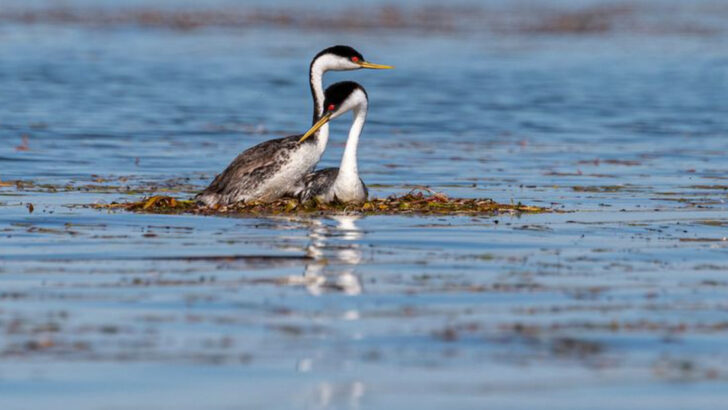The rivers came back—and the animals came with them.
For years, parts of California’s Central Valley felt like ghost towns for wildlife.
Dry riverbeds. Silent skies. Habitats fading into memory.
But now the water’s flowing again—and nature is making a comeback with style.
Otters are slipping through the current. Birds are filling the air with color and song.
Even creatures long thought gone from the region are showing up like they never left.
This isn’t just a trickle of change—it’s a flood of life, pawprints, wingbeats, and ripples.
From sleek swimmers to rare wanderers, these 18 animals are living proof that when rivers return, so does the wild.
Let’s meet the new—and not-so-new—residents of a reborn Central Valley.
California Condor
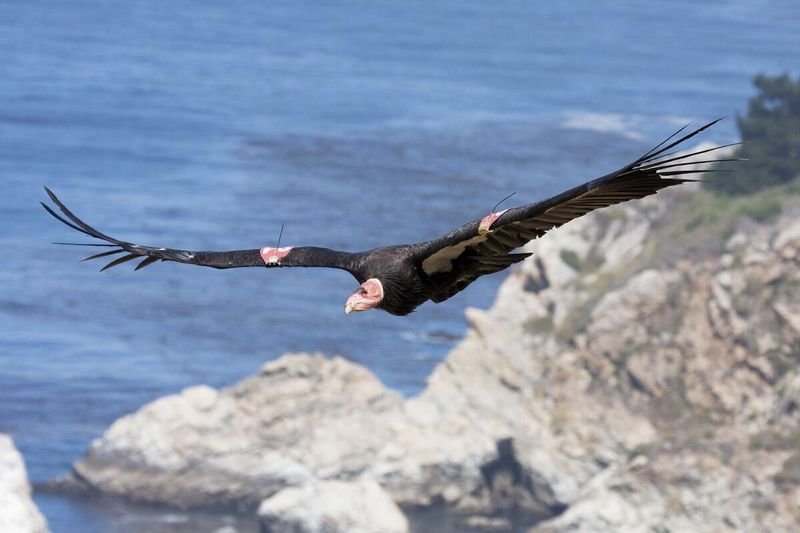
Did you know? The California Condor, once on the brink of extinction, has made a triumphant return to the Central Valley. With a wingspan stretching nearly 10 feet, these magnificent birds are a symbol of conservation success.
Their presence in the valley not only indicates healthy ecosystems but also offers birdwatchers a breathtaking spectacle. The condors play a crucial role in the environment as nature’s clean-up crew.
By feeding on carrion, they help maintain the balance in the food chain. Their comeback story is a testament to human efforts in wildlife conservation.
River Otter
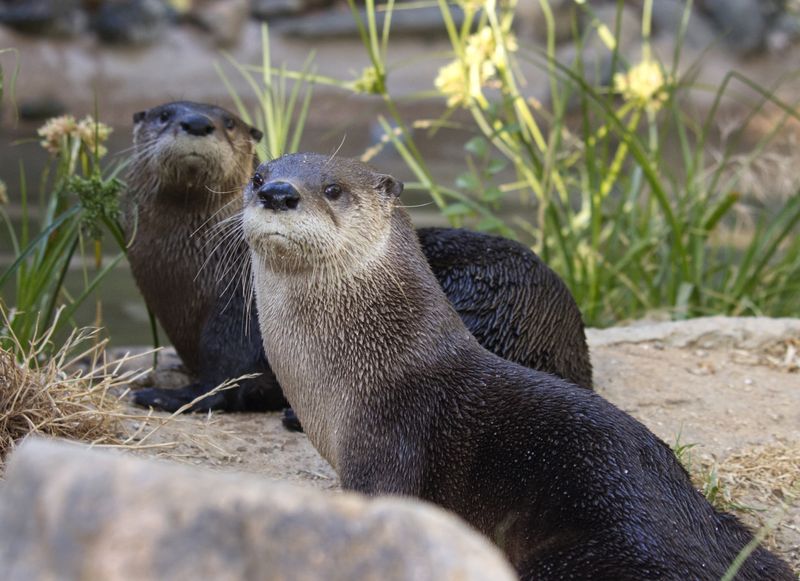
With an air of playful mischief, river otters have become a delightful sight along the restored rivers of the Central Valley. Their sleek bodies and curious nature make them a favorite among wildlife enthusiasts.
Otters are known for their agility in the water, often seen sliding down muddy banks or playfully chasing each other.
These sociable creatures are not only a joy to watch but also serve as indicators of water quality. Their presence signals a healthy aquatic ecosystem, thriving thanks to the efforts in river restoration.
Chinook Salmon
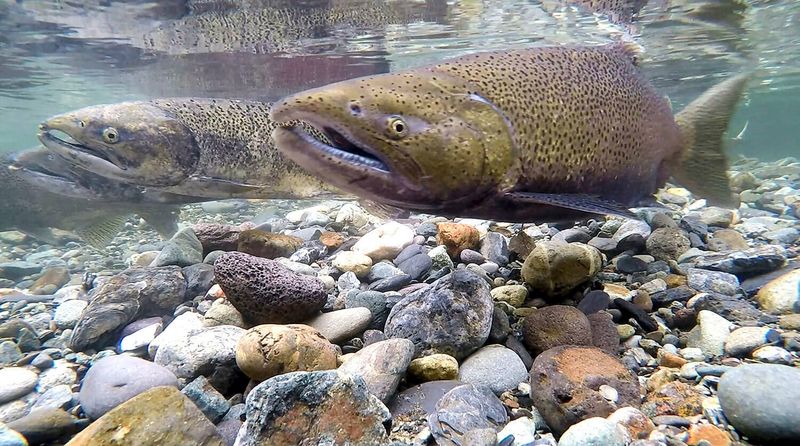
Every year, the epic journey of the Chinook Salmon captivates all who witness it. These resilient fish, known for their endurance, migrate upriver to spawn in the Central Valley’s restored waters.
Their silvery bodies glinting under the sun create a mesmerizing spectacle. As an essential part of the ecosystem, salmon contribute nutrients to the river environment, benefiting a multitude of other species.
The successful return of the Chinook Salmon highlights the positive impact of environmental conservation on aquatic life.
Western Pond Turtle
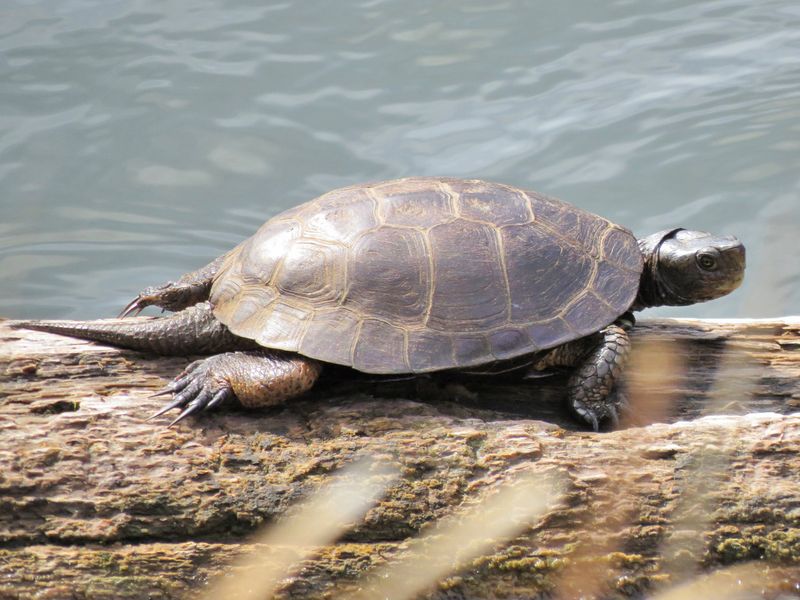
Basking in the sun on river rocks, the Western Pond Turtle is gradually making a comeback in the Central Valley. These shy reptiles, often hidden among aquatic vegetation, are vital to the region’s biodiversity.
Their return is closely monitored by conservationists who see them as indicators of successful habitat restoration. Turtles play a critical role in the ecosystem by maintaining healthy water bodies.
Their presence in the valley’s waterways marks a significant step forward in the region’s environmental recovery.
American Beaver
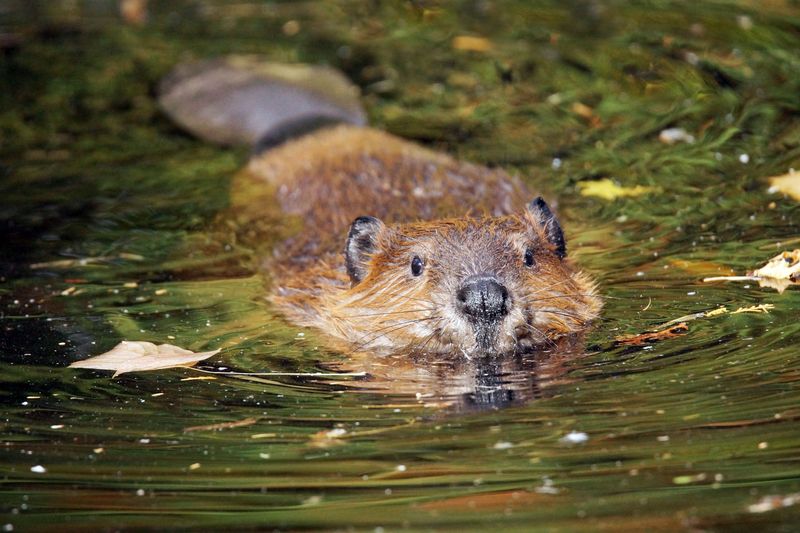
In the bustling rivers of the Central Valley, American Beavers are engineering their own success stories. Known for their dam-building skills, these industrious creatures significantly alter their habitats, creating wetlands that benefit countless species.
Beavers’ return to the Central Valley is more than just a curious phenomenon; it’s indicative of the area’s revitalized ecosystems.
Their dams improve water quality and provide habitats for other wildlife, underscoring the interconnectedness of nature.
Great Blue Heron
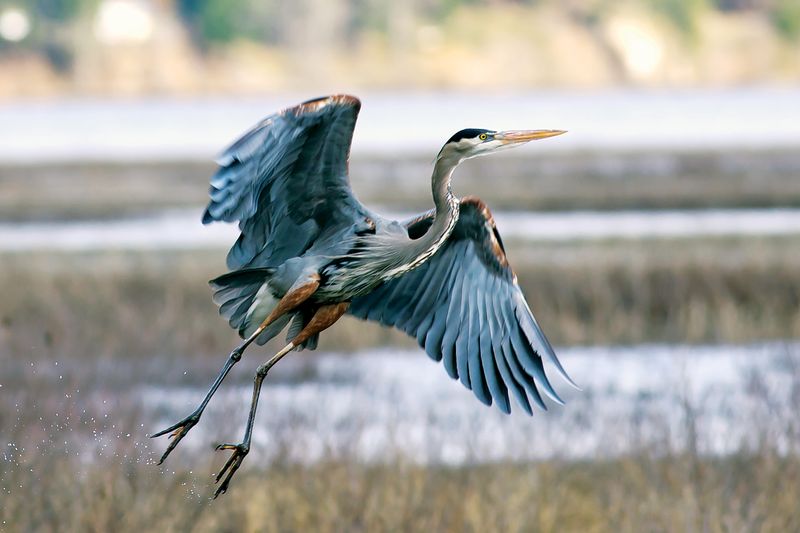
Standing tall and elegant, the Great Blue Heron is a master of patience and poise. These birds have found a renewed habitat along the Central Valley’s restored rivers, where they hunt for fish with extraordinary precision.
The heron’s presence is a clear sign of a thriving ecosystem. Their solitary hunting and striking appearance make them a captivating subject for nature observers.
The return of these majestic birds to the valley signifies a healthy aquatic environment, rich with life.
Red-legged Frog
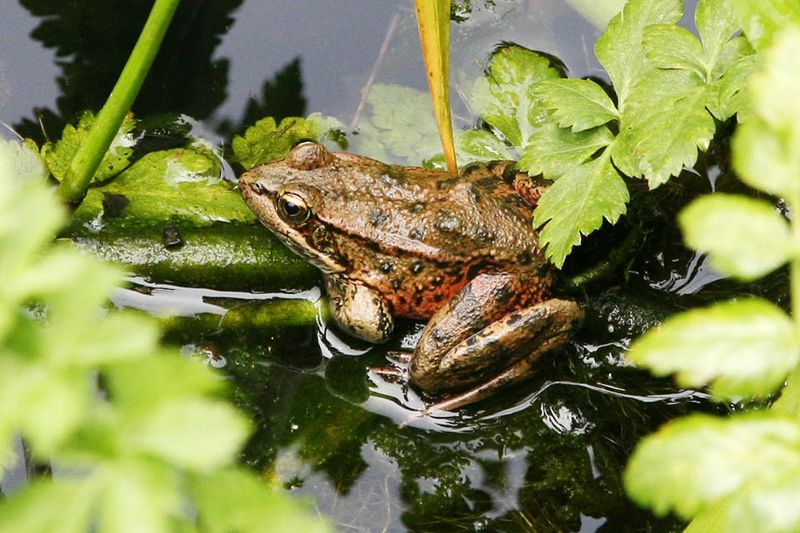
With their distinctive red legs and melodic calls, Red-legged Frogs are a charming presence in the Central Valley’s riverine habitats. These amphibians, once in decline, are gradually re-establishing their populations thanks to extensive conservation efforts.
Frogs are crucial to the ecosystem, controlling insect populations and serving as prey for larger animals.
Their increased numbers in the valley are a positive sign of ecological balance being restored, providing hope for other vulnerable species.
Golden Eagle
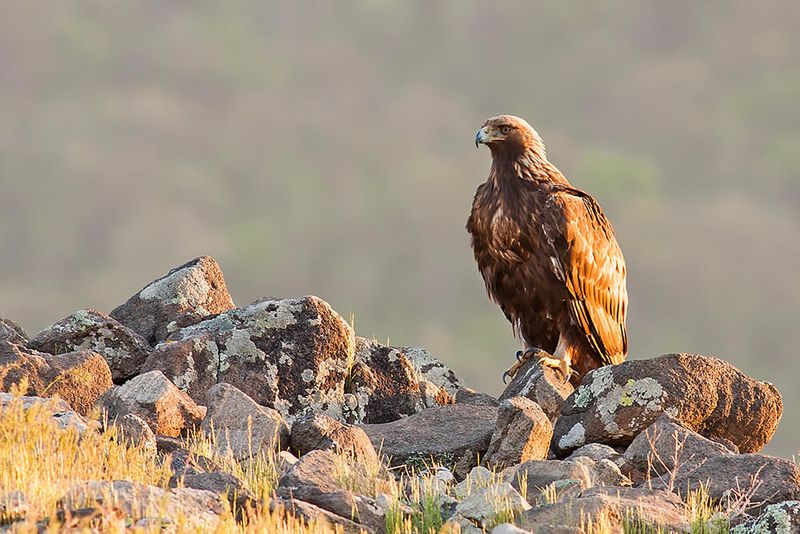
The Golden Eagle, with its keen eyesight and impressive wingspan, is a regal presence in the skies over the Central Valley. These birds of prey have made a notable return, soaring high above the land in search of food.
Their successful reintroduction to the area is a testament to thriving natural habitats.
Golden Eagles play a pivotal role in the ecosystem by controlling the populations of smaller animals, showcasing the intricate balance of nature.
Western Kingbird

The Western Kingbird is a sight to behold with its bright yellow belly and gray head. Known for its assertive demeanor, this bird is a skilled insect hunter, often catching its prey mid-flight. Its return to the Central Valley highlights the success of habitat restoration.
In the mornings, you can hear its distinctive calls echoing through the valley. The presence of the Western Kingbird is a testament to the health of the renewed ecosystems. With plenty of insects to feast on, these birds are thriving once more.
Interestingly, the Western Kingbird is known to fiercely protect its territory, often seen chasing away larger birds. This tenacity is part of their charm, making them a favorite among bird watchers.
White-tailed Kite
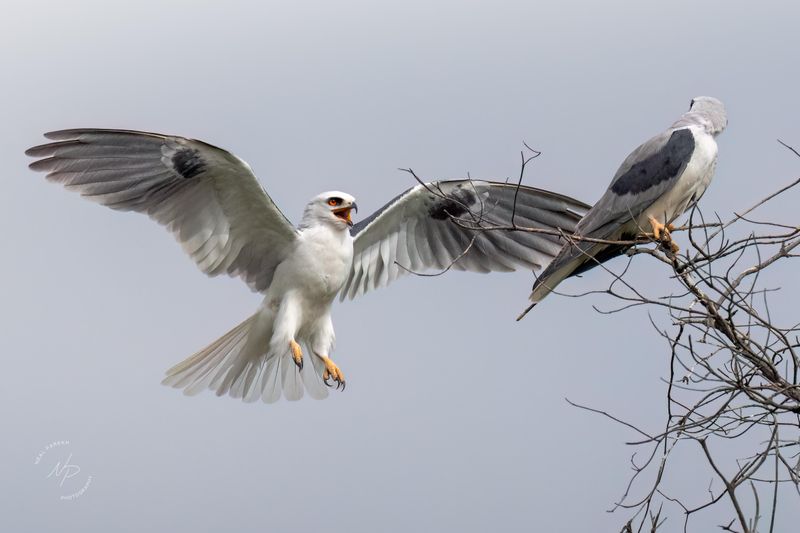
Known for their graceful hovering, White-tailed Kites are a striking sight in the Central Valley. These elegant raptors have found renewed hunting grounds among the open fields and river landscapes.
Their return is a boon for birdwatchers and a positive indicator of ecosystem health. White-tailed Kites play a crucial role in controlling rodent populations, showcasing the interconnectedness of the restored natural habitats in the area.
Yellow-billed Cuckoo
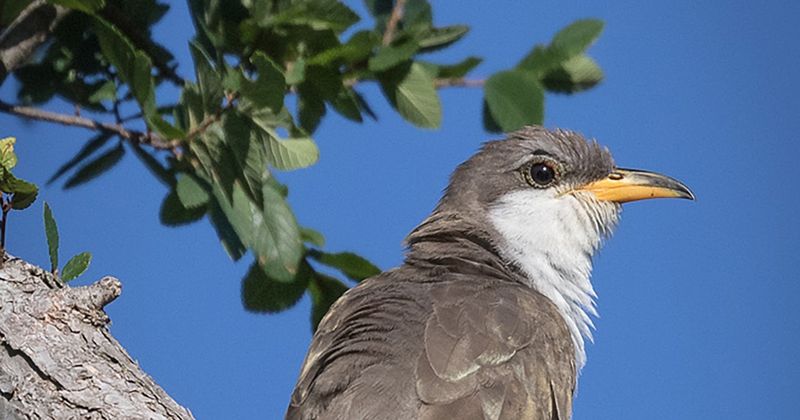
The Yellow-billed Cuckoo, with its distinct call and curved bill, is a melodious addition to the Central Valley’s avian community. Their presence is a sign of flourishing riparian woodlands, which have been carefully restored.
Cuckoos are vital for maintaining insect populations in check, contributing to the ecological balance.
Their comeback is celebrated by conservationists as a success story of habitat restoration and biodiversity enrichment.
Coho Salmon
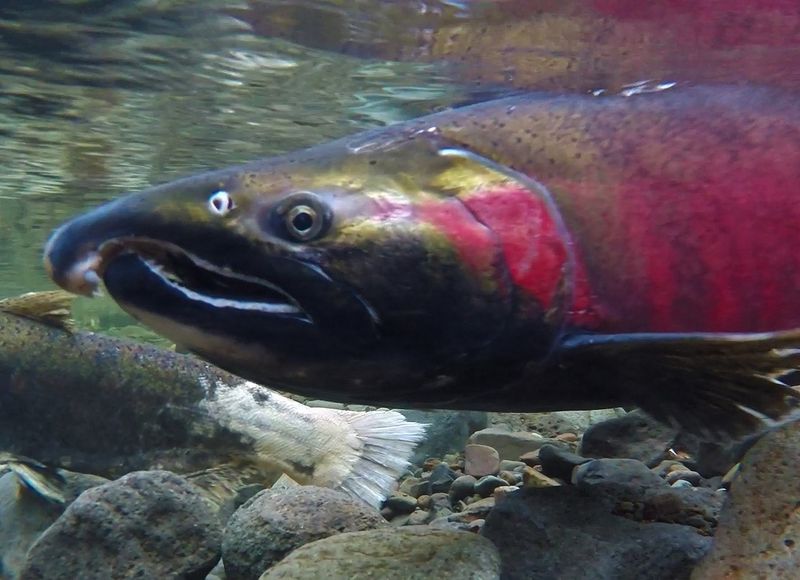
Making their way back into the Central Valley’s waterways, Coho Salmon are a remarkable success story of aquatic restoration. These fish are known for their vibrant colors and vital role in the ecosystem, providing sustenance for predators and enriching the waterways.
Their presence underscores the importance of clean, flowing rivers, which are essential for their life cycle.
The return of Coho Salmon is a significant milestone in the ongoing efforts to rehabilitate the valley’s aquatic environments.
Western Grebe
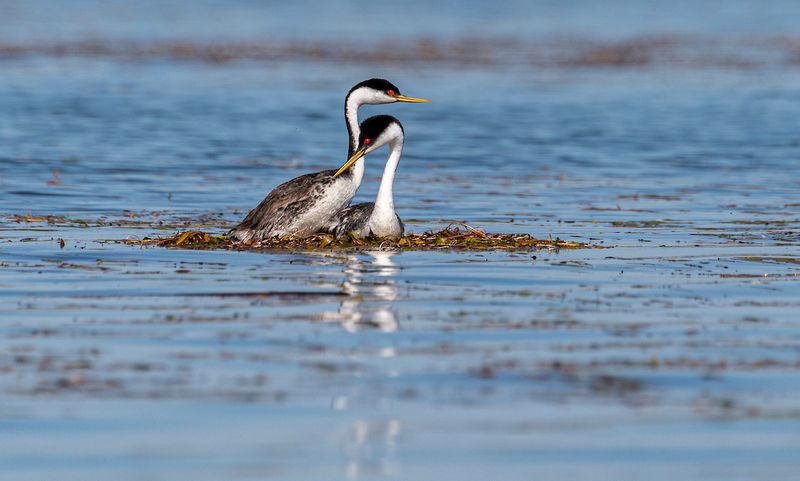
Gliding gracefully across the water, the Western Grebe is a sight to behold in the Central Valley’s rejuvenated rivers. Known for their elaborate courtship dances, these birds add a touch of elegance to the waterways.
Their return is a testament to healthy aquatic habitats, as they rely on clean waters for breeding and feeding. The presence of Western Grebes signifies a balanced ecosystem, where diverse species can flourish.
American White Pelican

With their massive wings and striking white plumage, American White Pelicans are a majestic sight in the Central Valley. These birds have returned in flocks, gracing the riverbanks with their imposing presence.
Pelicans are vital to the ecosystem as they help control fish populations and indicate healthy water bodies. Their comeback is celebrated by birdwatchers and conservationists alike, marking a successful chapter in the region’s ecological restoration.
Mink
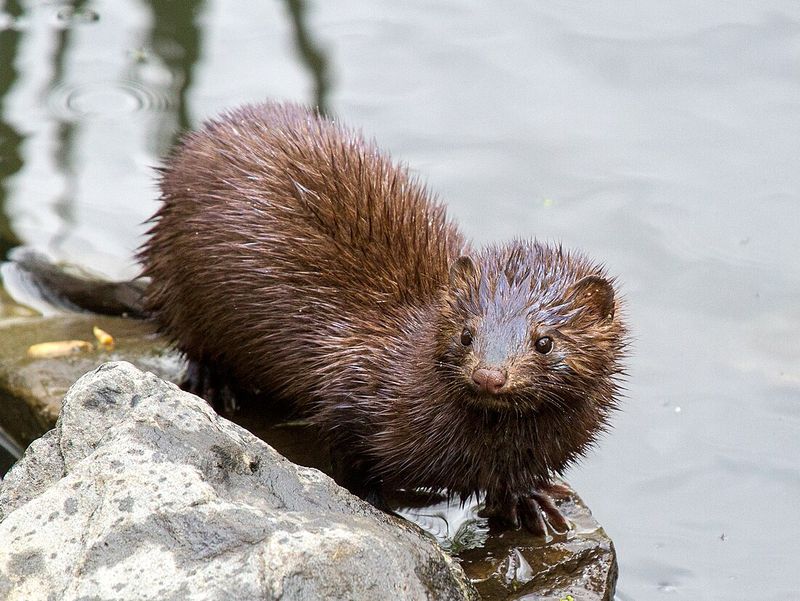
With their glossy fur and agile movements, minks are intriguing additions to the Central Valley’s wildlife. These small carnivores are known for their skillful hunting and secretive nature, often spotted along riverbanks.
Minks play a crucial role in controlling rodent and fish populations, contributing to the ecological balance. Their presence is a positive indicator of a healthy, biodiverse environment in the valley’s restored river systems.
Northern Harrier
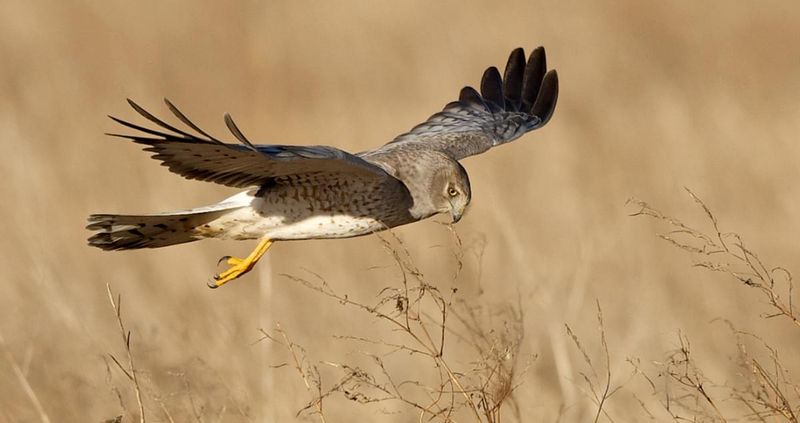
The Northern Harrier, with its unique hunting style and owl-like face, is a captivating predator in the Central Valley’s open spaces. These raptors skim low over fields and wetlands, searching for prey with keen precision.
Their presence in the valley highlights the success of habitat restoration efforts, which have created suitable environments for their survival.
Northern Harriers play an important role in maintaining ecological balance by controlling small mammal populations.
Swainson’s Hawk
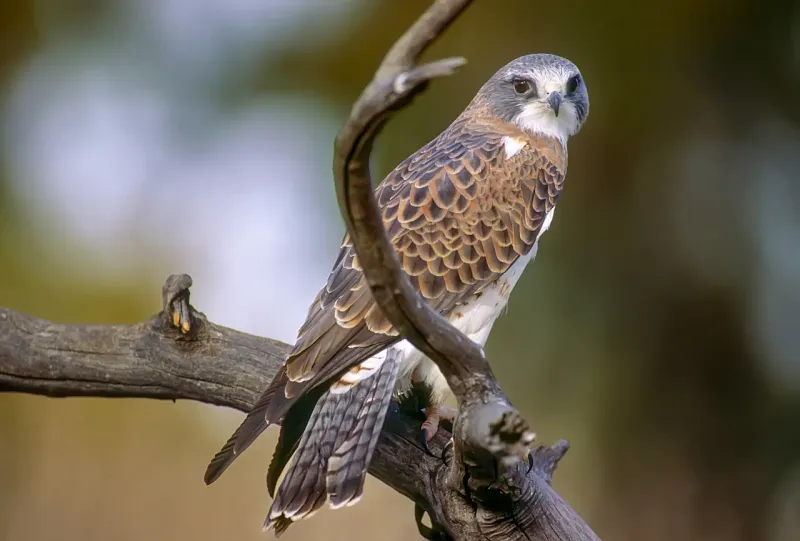
Soaring high above the expansive fields, Swainson’s Hawks are a thrilling sight in the Central Valley. These raptors are known for their long migrations and acute vision, which aids in hunting small mammals and insects.
Their return to the region is a positive sign of the restored agricultural landscapes and natural habitats. The presence of Swainson’s Hawks underscores the interconnectedness of farming and wildlife conservation in the valley.
Long-billed Curlew
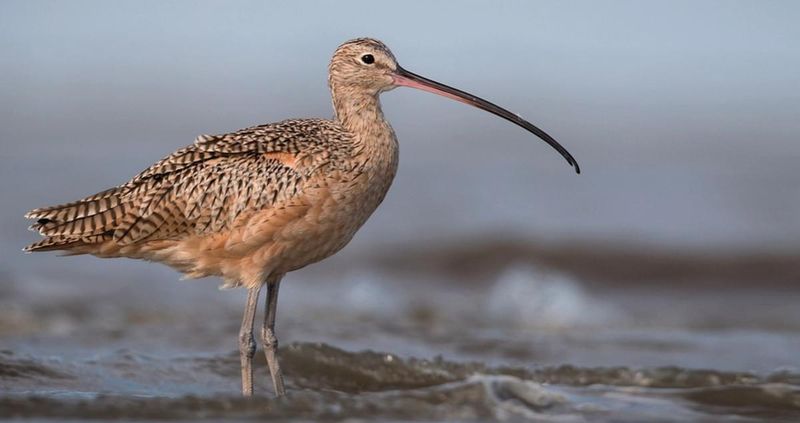
With its strikingly long bill and elegant form, the Long-billed Curlew is a remarkable addition to the Central Valley’s avian diversity. These shorebirds are often seen probing the wetlands for invertebrates, contributing to the ecological richness.
Their presence signifies a healthy wetland environment, restored through concerted conservation efforts.
Long-billed Curlews are celebrated for their unique adaptations and play an essential role in maintaining the ecological balance of the valley.

